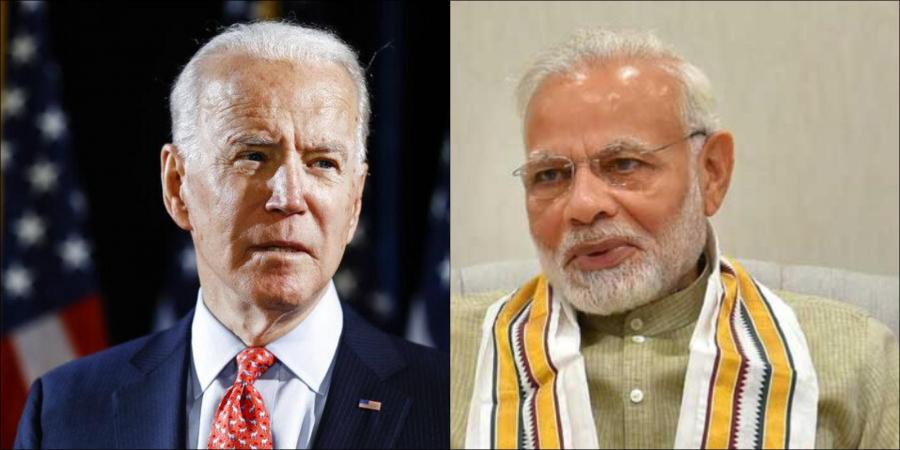In a big blow to the Joe Biden-led US, which is trying to ensure that the country regains the Big Daddy status, India has refused to bow down to American pressure on the purchase of S-400 as well as sent an Indian team to Russia for the training of the systems.
Russia was one of the biggest exhibitors in the Aero-India exhibition in Bengaluru with Su-57, Su-35, and MiG-35 fighter jets, helicopters Ka-52, Ka-226, Mi-17B-5, Mi-26 as well as S-400 systems on display.
In fact, India is ready to go ahead with another defence purchase with Russia. As per reports, India is ready to sign a contract to purchase Russia’s latest generation T-14 Armata main battle tank (MBT).
Previously the US had sanctioned China and Turkey for purchasing S-400 with Russia under Countering America’s Adversaries Through Sanctions Act (CAATSA) of 2017. However, the Trump administration refrained from imposing any sanction on India, although India compensated for it by not buying oil from Iran.
Now, with the Biden administration in power, it cannot be expected that India will get an exceptional treatment from the US. But, the Modi government has maintained that India will pursue an independent foreign policy and will keep the ‘national interest’ at the top and any pressure from foreign (especially like Biden administration which is far from being friendly to India) country would not be entertained.
So, in the last few weeks, the Modi government has not only tightened screws on American big tech giants (despite their closeness with the Biden administration) but is now also negotiating another deal for defence purchase with Russia.
A few days ago, Donald Heflin, US Embassy Charge d’Affaires in New Delhi Don Heflin, said, “We urge all our allies and partners to forgo (military) transactions with Russia at the risk of triggering sanctions under the CAATSA.”
“We have not made any waiver determinations with respect to Indian transactions with Russia,” he declared. However, ignoring his threat, the Modi government in India will soon sign another defence purchase deal with Russia.
This is also a message to the Biden administration that the 1990s, when the Clinton administration sanctioned India for the nuclear test, although with little success, is over, and the threat of sanctions is not going to be entertained. It was not entertained even back then but the country handled matter very cautiously, but this time, a many times more powerful ‘New India’, will not take any threat from Biden administration and will give as good as it gets.
After 2014, India has given clarity to its foreign policy by favouring Western nations as PM Modi has been looking for investments from capital-rich Western Europe and North America. Despite this, non-alignment has always been and will continue to be a central aspect of Indian foreign policy. India seeks to create a sphere of influence of its own, rather than siding with the NATO and anti-NATO sides prevalent in the geopolitical arena today.
The 21st century has seen a shift in diplomacy and international affairs, away from ideological considerations and towards pragmatism and practicality, and PM Modi is one statesman who embodies this transformation. India’s foreign policy under the Modi government is driven only and only by ‘National Interest’ as prescribed by Acharya Chanakya, and the threat of sanctions is not going to impact the decision making.
